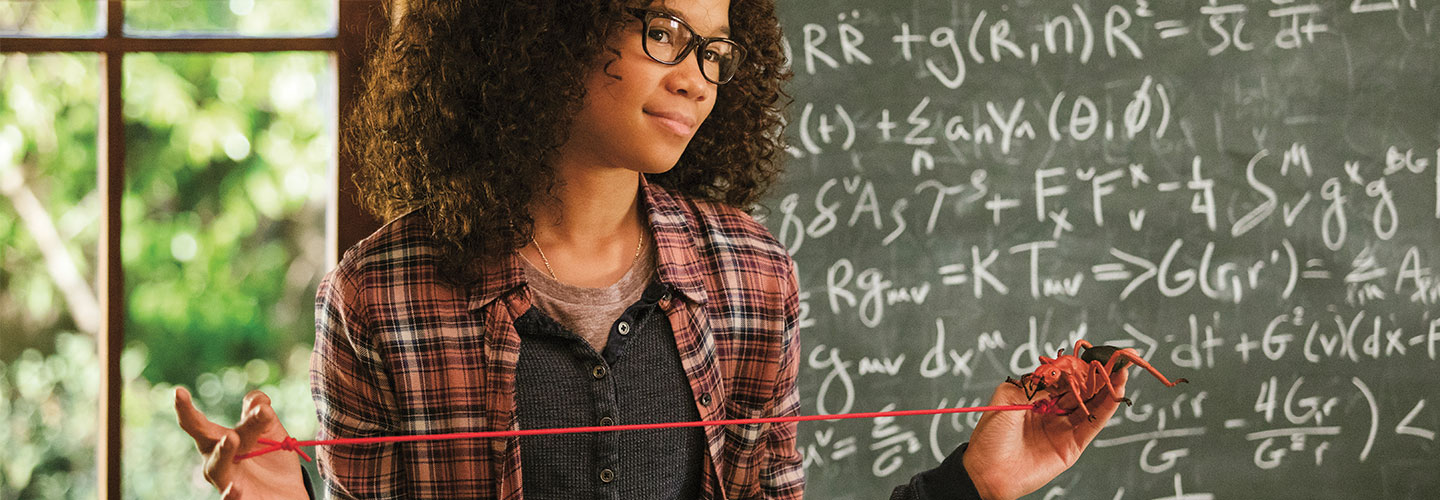On March 9, a movie based on the beloved science fantasy novel A Wrinkle in Time hits the big screen. Although it is a work of fiction, Madeleine L’Engle’s book was inspired by a real scientific principle proposed by renowned physicist Albert Einstein—a theory that researchers recently confirmed.
More than 100 years ago, Einstein suggested that space and time can warp and wrinkle. In the 1940s, L’Engle read a book about Einstein and his theories. She worked his idea about wrinkling spacetime into an interplanetary adventure, which she started writing in 1959. In the story, awkward teenager Meg Murry leads her little brother and a classmate on a quest to rescue her father, a brilliant physicist trapped on a distant planet during a top-secret experiment gone wrong. Einstein’s wrinkles allow the trio of kids to jump through space, visiting other planets without a spacecraft.
On March 9, a new movie hits the big screen. It’s based on the much-loved science-fantasy novel A Wrinkle in Time. Madeleine L’Engle’s book is a work of fiction, but it was inspired by a real scientific idea. The famous physicist Albert Einstein came up with this principle. Now researchers have confirmed it.
Einstein came up with the idea more than 100 years ago. He suggested that space and time can warp and wrinkle. In the 1940s, L’Engle read a book about Einstein and his theories. She worked his idea into a space adventure, which she started writing in 1959. In the story, Meg Murry is an awkward teenager. She leads her little brother and a classmate on a search for her missing father, who’s a brilliant physicist. He got trapped on a distant planet during a top-secret experiment gone wrong. Einstein’s wrinkles allow the three kids to jump through space, visiting other planets without a spacecraft.

